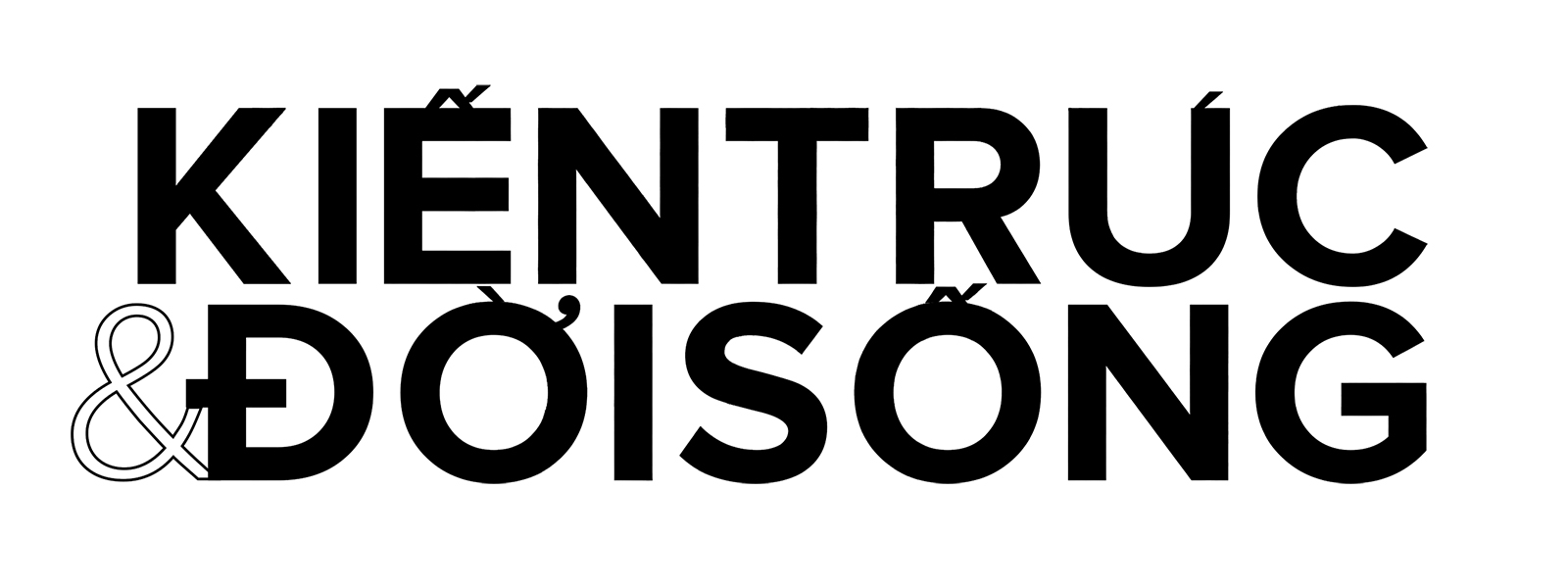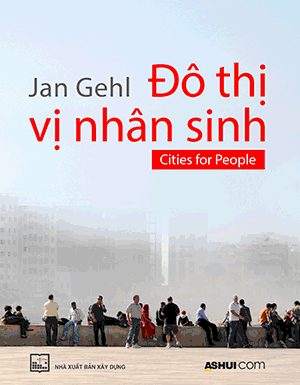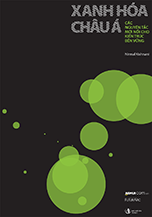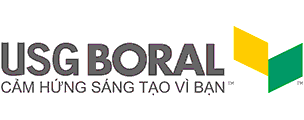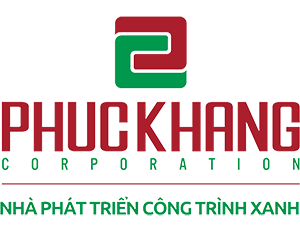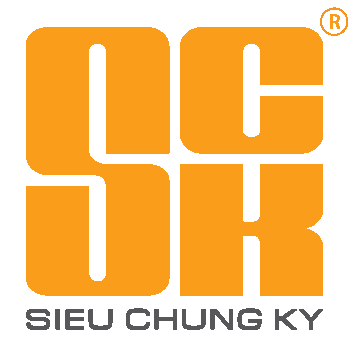City chairman Le Hoang Quan said on Tuesday at the Q&A session of the ongoing People’s Council sitting that “the top priority for the city’s socioeconomic program in the next five years is to limit private vehicles and to spur the utilization of public transports.”
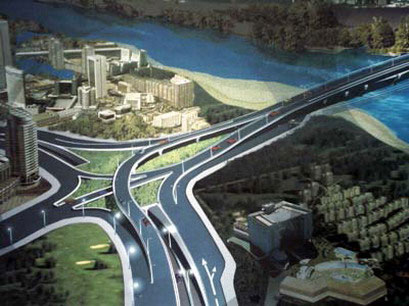 “With an expected population of up to 12 million in the next few years, besides focusing on building the metro system and elevated roads, the city will also develop more satellite urban towns to ease the population density,” he said.
“With an expected population of up to 12 million in the next few years, besides focusing on building the metro system and elevated roads, the city will also develop more satellite urban towns to ease the population density,” he said. According to the municipal Department of Transport, the city currently has nearly 4.4 million motorbikes and some 424,000 cars. Furthermore, tens of thousands of other vehicles from nearby provinces are also entering into the city each day.
Department director Tran Quang Phuong told the council’s members that in order to fight the worsening congestion, the city is hastening construction on the first metro route Ben Thanh-Suoi Tien with investment of some US$2.3 billion.
Phuong said that besides building six metro routes in total in the years to come, the city is also weighing the construction of a system of four elevated roads.
“Each elevated road is expected to cost US$800 million,” said the director of the transport department.
Phuong stressed that in the coming years, transport infrastructure development would be the backbone for developing other economic and social schemes.
According to the city government, the city is spending some VND2.5 trillion for land compensation and site clearance for Ben Thanh-Suoi Tien metro, and some VND14 trillion for the site clearance of the construction of Binh Loi-Tan Son Nhat-Outer Beltway road.
In another topic discussed at the Council’s sitting on Tuesday, some Council members expressed concerns about the development of high-rise buildings in the heart of the city, saying the situation would exert greater pressure on traffic circulation.
Hundreds of high-rise buildings will be developed in the city in the coming time, said Tran Chi Dung, director of the city’s Department of Zoning and Architecture.
The department has approved for the construction of 250 buildings of over 15 stories in downtown areas of the city including 75 buildings currently under construction.
However, Dung defended the development, citing a Japanese advisory company to say that the coefficient of land use in HCMC downtown area could be suitably exploited up to 3.5 compared to the present coefficient of around 1.5.
“So, in the coming time, there will be more and more high buildings to be constructed in downtown areas,” he said.
Tin mới hơn:
- Drying Mekong River threatens life in delta
- Seoul Living in Ho Chi Minh City
- Imperial Citadel of Thang Long-Hanoi becomes 900th site on UNESCO World Heritage List
- Firms eye overseas real estate
- Downtown HCMC to restrict high-rise development
Tin cũ hơn:
- Localities more careful when attracting FDI
- Capital shortages impede housing plans
- Urban migration not a problem, just a challenge
- Ha Noi master plan under scrutiny
- Hanoi’s old quarter is uneasy to decide what needs upgrading







